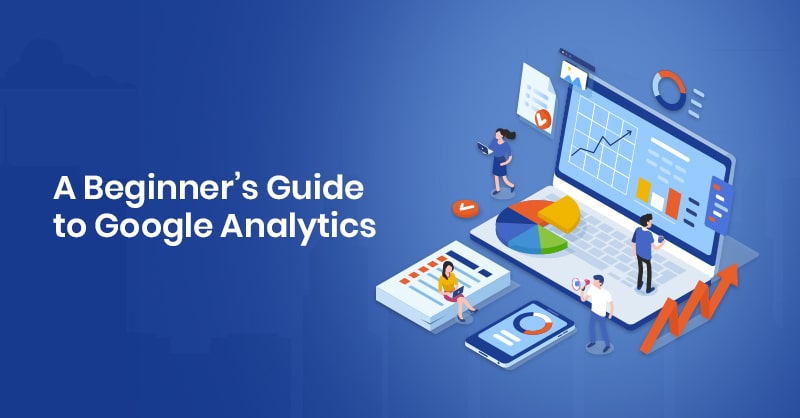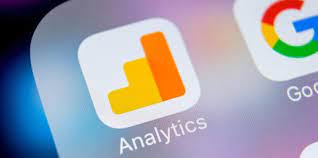What is the purpose of your blog? Is it a business blog designed to generate sales and customers? Are you looking to grow a community of like-minded people, or start a movement? Or perhaps you are trying to generate revenue through your content?
Whatever the goals of your blog, it is important to know what people like and dislike, what content is best serving your target demographic, and how far your posts are reaching.
‘But I’m not trying to make money from my blog’, you say? Even so, if you care about the experience of your readers on your blog, you’ll want to know how you can improve it.
Analytics are the only sure-fire way to measure the success of your blog, in whatever terms that may be. For all you analytics virgins out there, here is the what, why and how of running analytics on your blog…
Table of Contents
What?
Google Analytics provide “powerful digital analytics for anyone with a web presence, large or small.” It allows you to monitor the overall performance of your blog post. Through detailed statistical analysis, it can tell you how many people visited your site, where they landed and how long they stayed. It is also good to know which pages are holding readers’ attention the longest, and where they were when they left you…
Measuring the success of anything depends on having clearly defined goals to measure it against. Google Analytics, integrated into the source code of your blog, will measure your blog’s performance against your specified goals.
Why?
How else will you know which content to optimize in the future, how to tailor your blog experience to your readers, and which social media avenues are best for sharing your content?
If you don’t know which posts are doing well, you’ll never know which ones to optimize. Analytics, by identifying the avenues that are generating the most traffic, give you the information you need to leverage the right traffic for growth.
If you have any other goal for your blog other than the simple act of writing it, analytics is essential.
How?
Are you sold on the value of using analytics to monitor you blog’s performance?
Good, now for the important bit. To avoid getting completely lost, it is important to know how to read your statistics correctly, and to separate the inaccurate and confusing from what is most valuable to you.
RSS feed subscriptions, visit duration and the number of pages per visit are all good indicators of general audience engagement, although they should be approached with some caution. For example; any visitor that only visits one page will automatically be categorized as a short-term visitor (0-10 seconds) by Google Analytics. By the very nature of a blog, many visitors will only visit one page, but if they read all the way through the post, they’ll stay for a lot longer than 10 seconds!
Don’t be mislead and disheartened by these figures. You’d do much better to focus on time spent on your site. Are people reading your posts all the way through, and are they navigating to your older posts too? There is no better measurement of whether your content is grabbing readers’ attention than this.
Keep a close eye on your email subscriptions as a clear indicator of how many readers are converting to loyal followers. Features such as Real Time, Page Views, Unique Visitors and Traffic Sources and Referrals on Google Analytics allow you to pinpoint the behaviours of your visitors, and the content and avenues that are best working for you.
There you have it, your general introduction to analytics. There are a lot more specifics to get your head around, but hopefully you have learned the value of analytics and how it can improve the blogging experience for you, the writer, and for your audience.
Analytics is not just about measurement. It is about informing future action, so that you can concentrate on pushing what is working for you, tailor your content for your followers and stop wasting time on fruitless labours.




